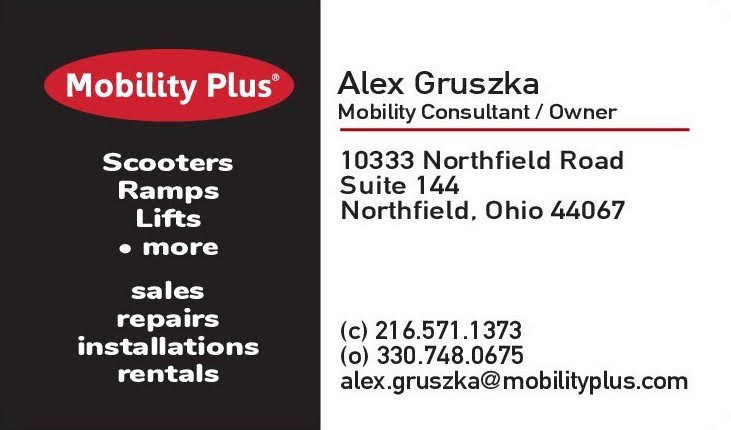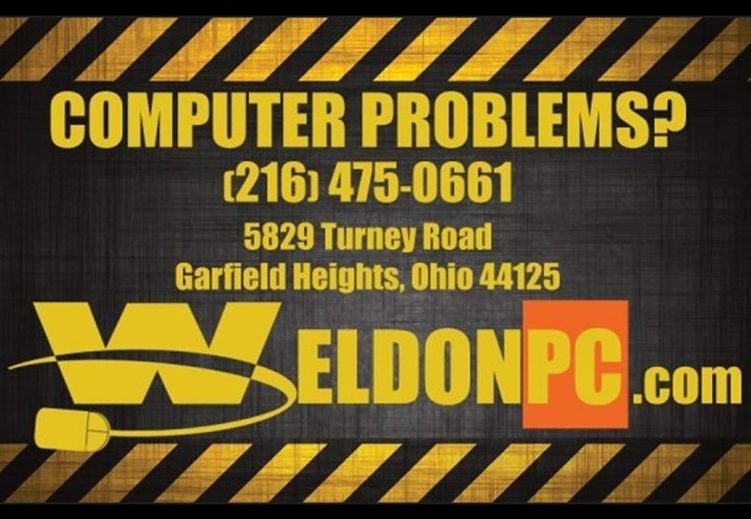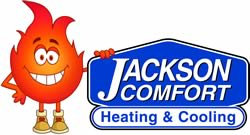Owning an RV brings the freedom to travel and explore, but regular maintenance is essential to keep your vehicle in top condition. Ignoring routine inspections can lead to costly repairs, unexpected breakdowns, or safety hazards. By checking key areas frequently, you can catch potential issues early and keep your RV road-ready. Read on to learn what areas of your RV you should inspect regularly.
Tires and Braking System
Your tires and brakes are critical for a safe and smooth journey. Checking tire pressure, tread depth, and overall condition before each trip prevents blowouts or uneven wear. Look for cracks, bulges, or embedded debris that could lead to a failure on the road. You should also inspect the braking system for responsiveness, fluid levels, and any signs of wear on brake pads. Ensuring both systems are in top shape reduces the risk of accidents and unexpected stops.
Plumbing and Water Systems
Leaks in an RV’s plumbing system can cause extensive water damage and mold growth if left unchecked. Inspect all water lines, connections, and tanks for cracks or leaks, especially after winter storage. Running water through the system and checking for pressure loss can identify small issues before they become major repairs. Cleaning and sanitizing water tanks regularly also prevents buildup and ensures a fresh water supply throughout your travels.
Electrical System and Batteries
A reliable electrical system is essential for powering appliances, lighting, and onboard electronics. Regularly inspecting battery connections, charge levels, and overall condition ensures that your power supply remains dependable. Look for corrosion on terminals, frayed wiring, or blown fuses that could indicate an underlying issue. Testing outlets and verifying the operation of essential systems like heating, air conditioning, and lighting avoids power failures when you’re on the road or camping off-grid.
Roof and Exterior Seals
Your RV’s roof and exterior seals protect it from weather damage, leaks, and structural wear. Regular RV roof inspections are necessary to spot cracks, loose sealant, or areas of potential water infiltration. Check around vents, skylights, and seams for any signs of deterioration. A well-maintained roof prevents costly water damage and extends the lifespan of your RV. Inspecting and resealing any compromised areas keeps your RV safe from leaks and weather exposure year-round.
Now that you know what areas of your RV you should inspect regularly, you can stay ahead of maintenance issues and avoid costly repairs. Regular checks keep you safe on the road and protect your investment, allowing you to enjoy worry-free travel and outdoor adventures for years to come.






















